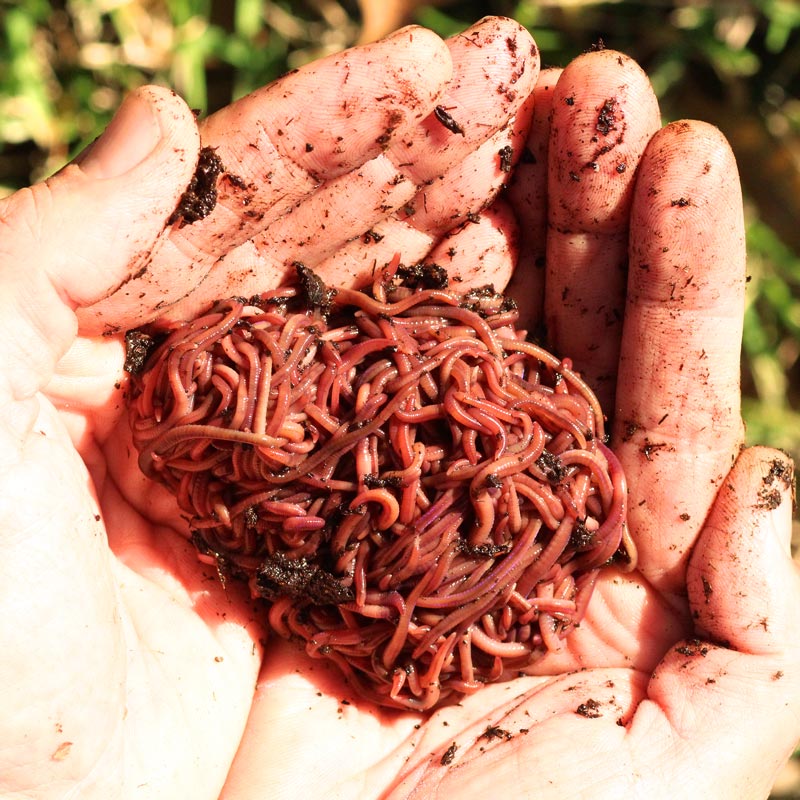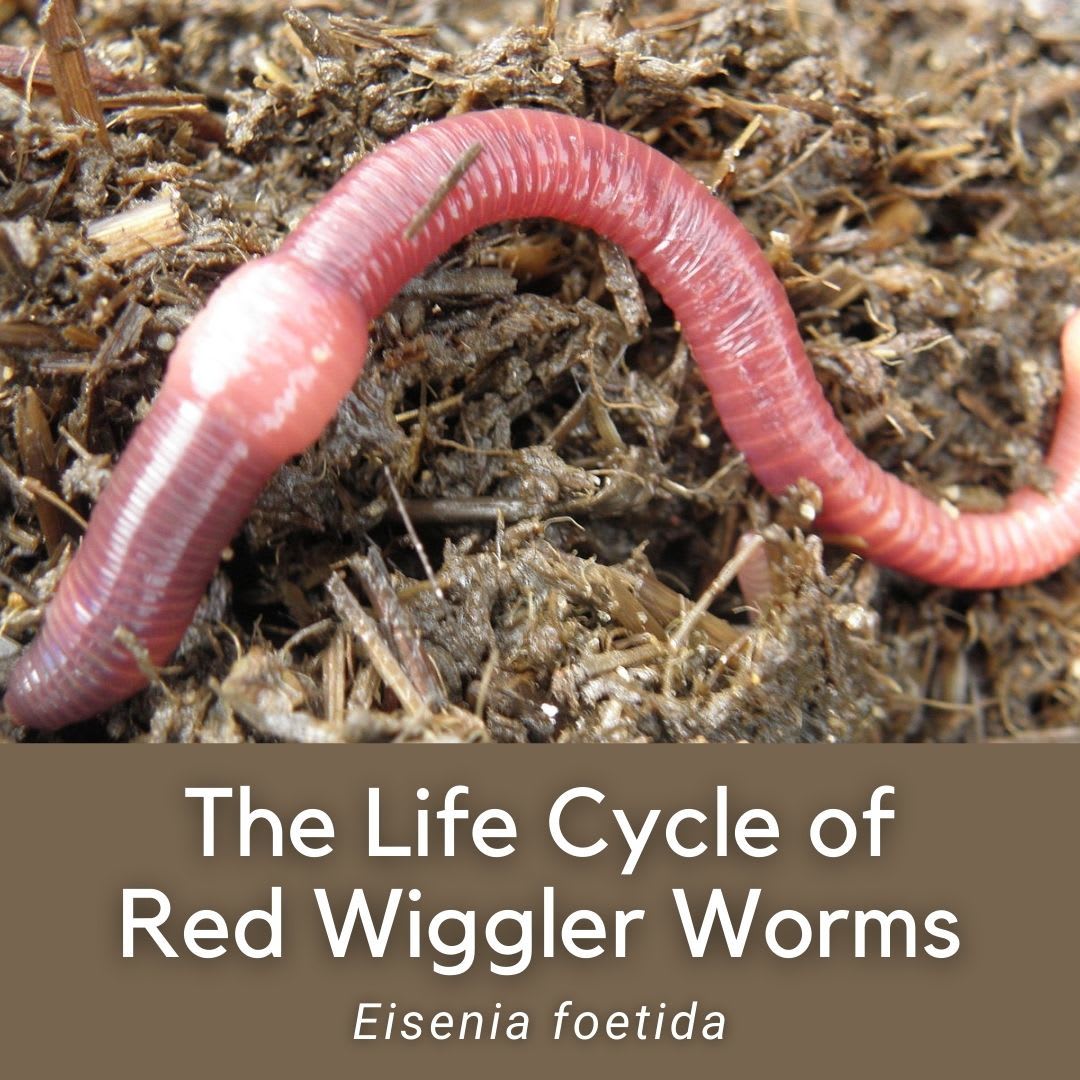Enjoy Healthy, Thriving Grass with the Help of Red Wiggler Express Lawn Care Tips
Enjoy Healthy, Thriving Grass with the Help of Red Wiggler Express Lawn Care Tips
Blog Article
Open the Keys of Red Wigglers: Your Overview to Composting Success
The assimilation of red wigglers right into composting practices offers a considerable opportunity for boosting soil health and promoting sustainability. Understanding their demands and behaviors is important for enhancing their potential, from establishing up a proper worm bin to feeding them the ideal materials.

What Are Red Wigglers?
(Red Wiggler Express)Red wigglers, medically referred to as Eisenia fetida, are a species of earthworm largely made use of in composting as a result of their amazing capacity to disintegrate organic issue efficiently. These worms are identified by their reddish-brown coloration and a fractional body, commonly determining between 3 to 4 inches in length. Unlike various other earthworm types, red wigglers grow in rich, natural environments, making them optimal for vermicomposting systems.
Belonging To North America, they are usually discovered in decomposing leaves and compost heaps, where they play a vital function in nutrient recycling. Their adjustment to staying in a moist, cardiovascular setting enables them to take in big amounts of organic waste, breaking it down right into nutrient-rich spreadings that enhance soil wellness.
Red wigglers recreate rapidly, with a single worm capable of creating a number of cocoons each week, each consisting of numerous hatchlings. Recognizing the biology and actions of red wigglers is essential for optimizing their potential in composting applications.
Benefits of Using Red Wigglers
Harnessing the power of red wigglers in composting offers numerous benefits that enhance dirt wellness and advertise sustainable waste monitoring. These impressive microorganisms efficiently break down organic matter, transforming kitchen area scraps and yard waste right into nutrient-rich vermicompost. This finished item is exceptionally helpful for plant development, as it enhances soil framework, increases wetness retention, and improves vitamins and mineral accessibility.

(Red Wiggler Express)Additionally, the visibility of red wigglers in your composting system can speed up the composting process, generating top notch compost in a portion of the time contrasted to standard methods. The spreadings created by these worms are additionally bursting with useful microorganisms that additionally enrich the soil community.
Establishing Your Worm Container
Creating an efficient worm container is a simple process that can substantially enhance your composting initiatives. The primary step is choosing an ideal container. Worm bins can be made from plastic storage space bins, wooden boxes, or readily available worm containers. Ensure the container has adequate water drainage and air flow openings to maintain ideal dampness levels and air movement.
Next, prepare the bed linen product, which offers as the worms' environment. A mix of shredded paper, cardboard, and coconut coir functions well, providing a comfortable environment for the worms.

Feeding Your Red Wigglers
To ensure the wellness and efficiency of your red wigglers, it is necessary to offer them with a well balanced diet that fulfills their dietary needs. Red wigglers grow on a diverse array of natural materials, which not just supply essential nutrients however also advertise efficient composting.
Beginning by integrating cooking area scraps such as vegetable peels, fruit cores, and coffee grounds. Avoid citrus fruits, onions, and garlic, as these can be damaging to worm health. In addition, introduce shredded paper, cardboard, and completely dry fallen leaves to produce a well-aerated setting.
Feeding frequency need to be kept track of; usually, worms can take in half their body weight in food weekly. It is essential to stay clear of overfeeding, as excess food can lead to unpleasant smells and attract bugs. An excellent method is to include food in percentages, permitting worms to process it before presenting extra.
Maintaining wetness degrees is also important; the bed linens ought to perspire but not soggy. Finally, be certain to frequently examine the temperature and wikipedia reference pH levels of the bin to make sure an optimum setting for your red wigglers, eventually boosting their composting performance.
Harvesting and Making Use Of Garden Compost
An effective composting process with red wigglers culminates in the abundant, dark garden compost referred to as vermicompost, which can dramatically boost dirt health and wellness and plant growth. Harvesting this nutrient-dense product commonly takes place every three to six months, relying on the dimension of your system and the amount of raw material being processed.
To harvest, delicately separate the compost from the worms and any kind of undecomposed products. One effective approach includes moving the materials of the container to one side and including fresh bed linen and food to the void, encouraging the worms to move. After a few days, the compost can be gathered from the opposite side.
It is essential to make use of vermicompost properly to optimize its benefits. It can be used as a leading dressing for yard beds, mixed right into potting soil, or made right into a nutrient-rich liquid plant food recognized as "worm tea." This application approach assists to deliver essential nutrients straight to plant origins, promoting much healthier growth. By including vermicompost into your horticulture regimen, you not just reuse organic waste yet likewise develop a successful ecological community that supports lasting gardening methods.
Final Thought
In recap, red wigglers work as phenomenal allies in composting efforts, transforming organic waste right into nutrient-rich vermicompost (Red Wiggler Express). Their one-of-a-kind biological qualities and reliable waste handling capabilities contribute dramatically to lasting gardening practices. By comprehending the ideal problems for their environment, feeding needs, and compost harvesting techniques, gardeners can improve soil health and wellness and advertise plant vigor. Welcoming vermicomposting not just reduces landfill waste but also fosters a much more ecologically accountable technique to horticulture and source administration.
Report this page